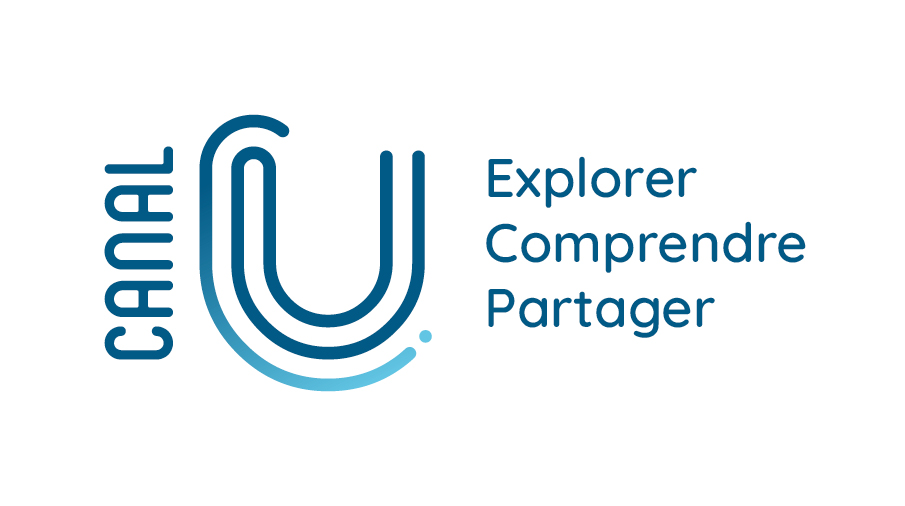
Sommaire
Language Processing in Bilinguals: Distinguishing Early Sequential from Simultaneous / Laura Sabourin, Santa Vinerte
Date de création :
20.06.2017Auteur(s) :
Laura SABOURIN, Santa VINERTEPrésentation
Informations pratiques
Droits réservés à l'éditeur et aux auteurs. Tous droits réservés aux auteurs et à l'Université Toulouse Jean Jaurès.
Description de la ressource
Résumé
Language Processing in Bilinguals: Distinguishing Early Sequential from Simultaneous / Laura Sabourin, Santa Vinerte, in colloque "Bilingualism vs. monolingualism: a new perspective on limitations to L2 acquisition" organisé par l?e laboratoire Octogone-Lordat (Université Toulouse 2) sous la responsabilité de Barbara Köpke (UT2J), Holger Hopp (Technische Universität Braunschweig), Tanja Kupisch (Universität Konstanz), Université Toulouse Jean Jaurès, 19-20 juin 2017. Many studies group simultaneous and early sequential bilinguals together, but recent evidence suggests that these two groups perform differently on varied processing tasks. Consequently, the goal of the current research is to examine linguistic processing of early bilinguals and how this relates to the bilingual advantage hypothesis, by investigating the neural signatures involved in lexical level processing and cognitive control. We will consolidate the results of three studies, which each compare behavioural evidence from early sequential L1 English/L2 French bilinguals (AoA between age 3 and 7), and simultaneous bilinguals. To further examine lexical processing, we have also collected event-related brain potential (ERP) data from a subset of the participants Each study employed a different task: a Stroop task to measure cognitive control, a masked priming task to examine bilingual lexical organization and a cross-modal lexical decision task to test homonym processing. Behavioural data from the Stroop task shows no differences between simultaneous and early bilinguals in a monolingual presentation. However, when participants are faced with a bilingual presentation, differences in facilitation and inhibition patterns emerge. While early sequential bilinguals show facilitation in the L1 and interference in the L2, simultaneous bilinguals show interference in their dominant language. To further investigate this, we are collecting ERP data to examine the time-course and neural components during on-line processing. Simultaneous and early bilinguals do not show similar cognitive control abilities, yet exhibit similar lexical organization patterns (suggesting an integrated bilingual lexicon) in the masked priming task. However, given the results from another study whereby late bilinguals with a naturalistic Manner of Acquisition (MoA) also show evidence of integrated lexicons, this suggests that AoA is not the only determining factor. Interestingly, simultaneous bilinguals have the most naturalistic MoA, while any sequential bilinguals, including early ones, have less naturalistic MoA which may explain the differences. In a cross-modal lexical decision task investigating syntactic priming and frequency effects in the L1, simultaneous bilinguals showed faster RTs overall, with longer latencies and more widespread distribution for N400-like effects for high-frequency words, suggesting a sensitivity to both priming and frequency. In contrast, the early bilinguals showed slower RTs overall and earlier N400-like effects suggesting a greater effect of priming with no effect of frequency. These results suggest that due to acquiring the L2 after the initial stages of L1 development that there are neural differences between simultaneous and early bilinguals. Given these findings, it is clear that differences exist even among early bilinguals, suggesting that, compared to bilinguals who acquire 2L1s simultaneously, early sequential bilinguals process their L1 differently due to having acquired an L2 while the L1 was still being acquired and developed. The current research d?emonstrates this through a series of tasks using both behavioural and neurophysiological measures.
"Domaine(s)" et indice(s) Dewey
- Bilinguisme, multilinguisme (404.2)
Domaine(s)
- Langues
Intervenants, édition et diffusion
Intervenants
Édition
- Université Toulouse-Jean Jaurès-campus Mirail
Diffusion
Document(s) annexe(s)
- Cette ressource fait partie de
Fiche technique
- LOMv1.0
- LOMFRv1.0
- Voir la fiche XML




